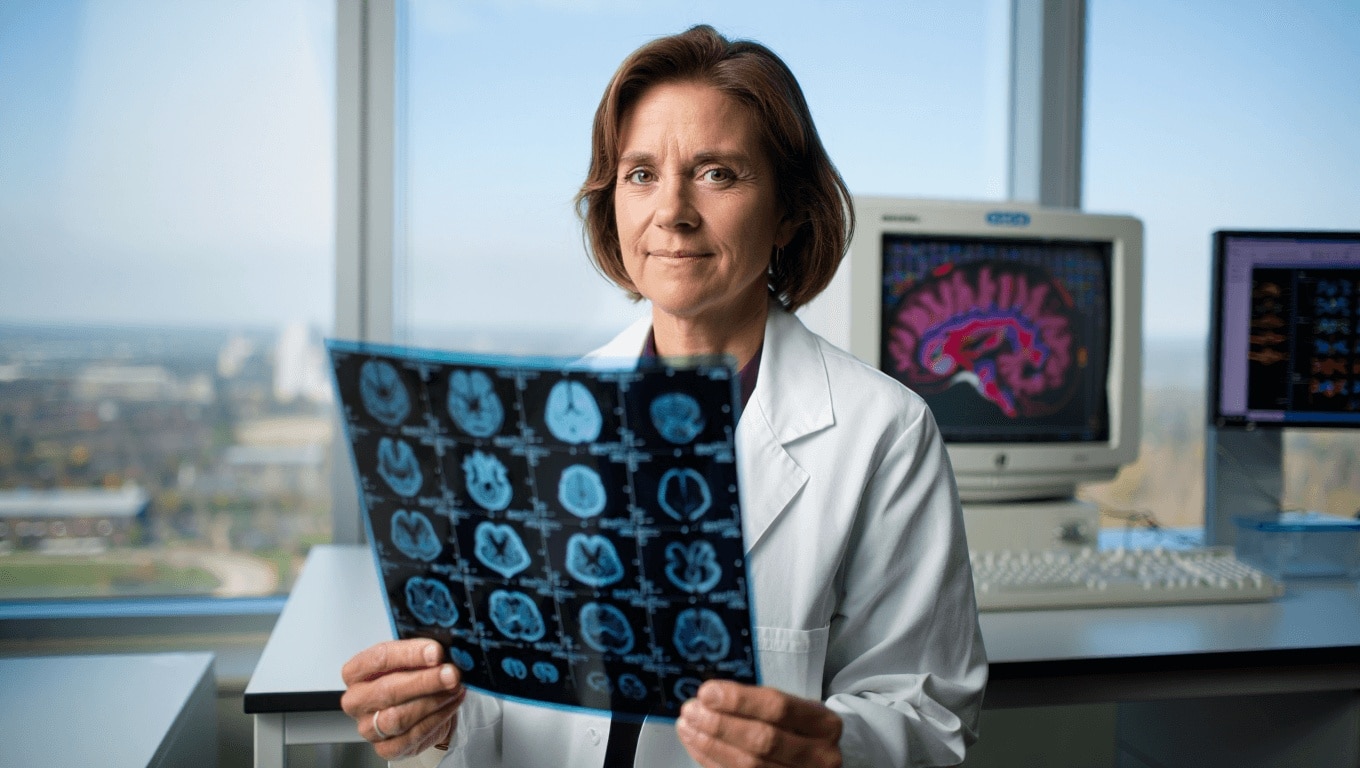In a groundbreaking study published in Nature Neuroscience, researchers from Otto von Guericke University are challenging long-held beliefs about aging and the brain. Led by P. Liu and E. Kuehn, the team used advanced imaging technologies and conducted studies on both humans and mice to explore how our neural structures evolve over time. Contrary to the common notion of inevitable cognitive and physical decline during aging, the study reveals that certain brain areas not only maintain but strengthen their neural connections throughout life. This finding suggests a far more dynamic aging process than previously understood, potentially transforming our understanding of brain health in older adults.
Exploring the Resilience of the Aging Brain
Why Your Netflix Looks Worse Than Disney+ (It’s Not Your TV)
Cancel Netflix Tonight – This Free Platform Has Better Hidden Gems
The research focused on the primary somatosensory cortex, a key area responsible for processing tactile information from the hands and fingers. By examining groups of healthy individuals averaging 25 and 65 years old, the team utilized high-resolution magnetic resonance imaging and behavioral tests to analyze the cortex layer by layer. These findings were paralleled by similar experiments on mice of various ages, employing microscopy and histological analysis techniques. This multi-scale approach confirmed consistent patterns across both humans and mice, emphasizing a robust adaptability in certain cortical areas.
The study highlights that not all brain layers age equally. While layers 5 and 6 showed signs of degeneration linked to modulating body perception, layer 4, which directly handles tactile reception, appeared thicker in older adults compared to younger subjects. This increase suggests an adaptive response to lifelong tactile and motor stimuli, particularly in frequently used areas like the hands.
Implications for Clinical Practice and Aging
The Disney+/Hulu/Max Bundle Saves You $847 Annually
Max Streams These 8 Oscar Winners Nobody’s Watching
The findings from Liu, Kuehn, and their team considerably alter the homogeneous view of brain aging. The brain does not age uniformly; instead, it exhibits individualized rates of change influenced by lifestyle, sensory experiences, and cognitive challenges. This variability in older individuals bears similarities to patterns of neurodivergence seen in conditions such as autism or attention deficit disorders. However, in older adults, these differences develop gradually in response to life’s trajectory.
- The study opens new avenues for neuropsychological support and the design of active aging programs.
- It raises questions about the functional consequences of cortical thickening in old age, potentially affecting how seniors process sensory information and adapt to new environments or multitask.
Moreover, these clinical insights underscore the importance of viewing brain aging as a dynamic process. The brain’s capacity to grow and adapt remains active even in later life stages, connecting closely with the theory of brain plasticity, which acknowledges the ongoing adaptability of neural structures based on learning and environmental experiences.
Through their innovative research, the team not only provides valuable clinical data but also encourages a reevaluation of aging, moving away from the notion of an inevitable, uniform decline to recognizing a complex, adaptive journey that continues throughout our lives.

Daniel Harris is a specialist journalist focused on the crossroads of breaking news, extraordinary history, and enduring legends. With a background in historical research and storytelling, he blends timely reporting with timeless narratives, making complex events and ancient myths resonate with today’s readers. Daniel’s work often uncovers surprising links between present-day headlines and legendary tales, offering unique perspectives that captivate diverse audiences. Beyond reporting, he is passionate about preserving oral traditions and exploring how extraordinary stories continue to shape culture and identity.

